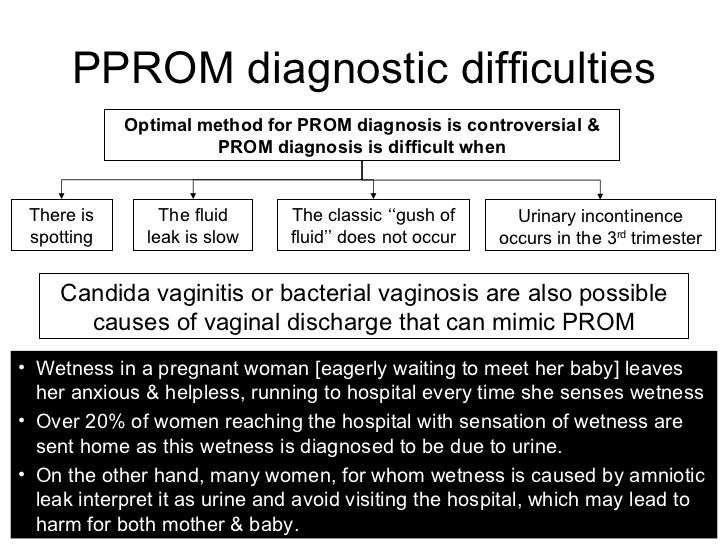

A tear or puncture in the amniotic membranes may allow dangerous bacteria to enter the uterus and harm the baby. Increased likelihood of cesarean delivery to prevent fetal oxygen deprivation ( birth asphyxia ) and other complications.What can happen when amniotic fluid leaks?Īlthough a very small amount of amniotic fluid leakage may be okay, too much can result in oligohydramnios (an abnormally low level of amniotic fluid), and a number of other complications. However, hospitalization is still recommended for monitoring and medical care during the delivery process. If the water breaks at term, this is a normal step of the birthing process, and just means the baby is coming soon. If a person begins leaking amniotic fluid before the baby is at term, this can lead to premature birth and other complications. When a person’s water breaks, it is important to get to the hospital as soon as possible. When the amniotic sac tears and begins to leak, it is commonly referred to as a person’s “water breaking.” Some people will experience a sudden gush of fluid, but more often, it begins as a slow trickle. At this time, the remaining amniotic fluid begins to leak out through the cervix and vagina. Generally, the amniotic sac tears near the end of the first stage of labor. Toward the end of pregnancy, the amount of amniotic fluid should decrease in preparation for birth. Amniotic fluid levels throughout pregnancy may be as follows: The amount of amniotic fluid generally increases until approximately 36 weeks of pregnancy, when it reaches its highest point. What is a normal amount of amniotic fluid? If there is not enough amniotic fluid, there may be webbing. The amniotic fluid lubricates the baby’s extremities.


Preventing fingers and toes from growing together.The fluid allows the baby to float and move around inside the amniotic sac, which promotes proper development. Helping the baby’s muscles and bones develop.The baby breathes and swallows the amniotic fluid, thereby practicing using muscles in the respiratory and digestive tracts. Helping the baby’s lungs and digestive system develop.stopping it from becoming compressed, which can restrict the flow of oxygenated blood and nutrients to the baby). Cushioning the umbilical cord from physical pressures (i.e.Cushioning the fetus from physical pressures.What is the purpose of amniotic fluid?Īmniotic fluid serves many functions. It also contains important nutrients, antibodies, and hormones. By about 20 weeks of pregnancy, the amniotic fluid is made up entirely of fetal urine. Later in pregnancy, the baby begins to swallow the fluid and excrete it in the form of urine. Early in pregnancy, it is mostly made of water produced by the mother. The amniotic fluid appears within the first 12 days after conception. (It is important to consult a doctor if there is any uncertainty.)ĭuring pregnancy, the baby floats in amniotic fluid, which is contained inside of the amniotic sac. Sometimes, it may be difficult to determine if a pregnant person is leaking amniotic fluid or another substance, such as urine or vaginal discharge. If amniotic fluid begins leaking during pregnancy, it may increase the baby’s risk of experiencing a birth injury.



 0 kommentar(er)
0 kommentar(er)
